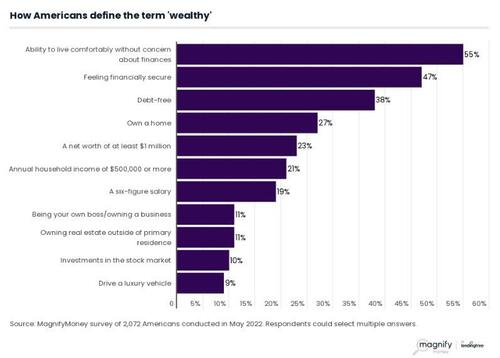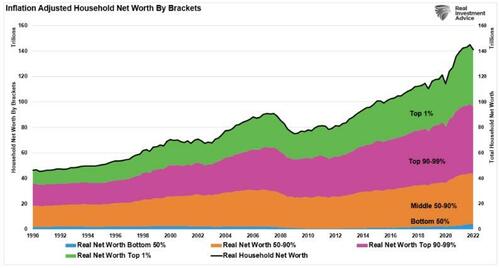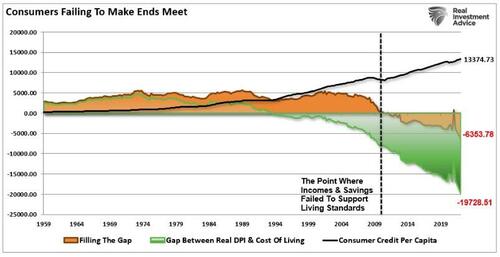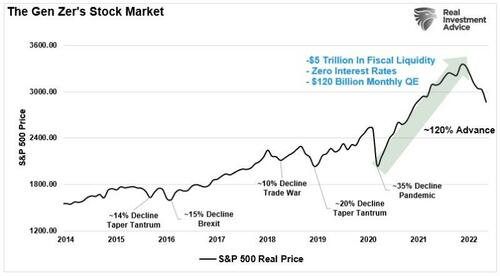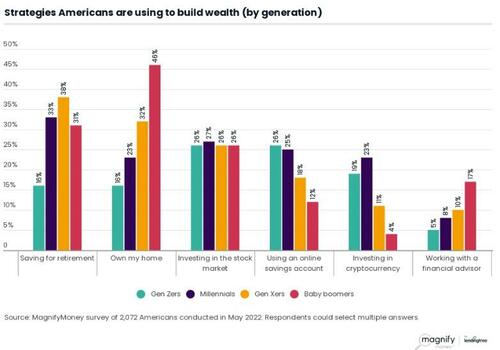Forget “Volmageddon”, 0DTE Add Noise To ‘Untradable Mess’ But Not Driving ‘Downside Risk’
Every market period has a distinct bogeyman for when a trade doesn’t go your way. As we recently noted, “8 years ago, every most hated rally was “explained” with HFTs; 4 years ago it was gamma. Now it’s 0DTE.”
8 years every most hated rally was “explained” with HFTs; 4 years ago it was gamma. Now it’s 0DTE
— zerohedge (@zerohedge) February 5, 2023
Having previously discussed the issue of zero-day-to-expire options (we profiled 0DTE first in late 2022 in “What’s Behind The Explosion In 0DTE Option Trading“, and more recently here “Why 0DTE Is So Important, And Why The VIX Is Now Meaningless“), the face of this new fear has recently been JPMorgan’s Marko Kolanovic who warned that these ultra-short-term options could lead to ‘Volmaggedon 2.0’.
As we noted here, however, Bank of America’s derivatives gurus were quick to dismiss this fearmongering, who explained that “a closer study of intraday trade-level data suggests reality is more nuanced” than that laid out by Kolanovic.
Specifically, the performance of intraday momentum strategies has stabilized in recent months, a development that the team attributed to an increase in options selling.
In other words, the market is not the one-sided monolith that will set the stage for an incident such as the rout in February 2018.
“The 0DTE space has likely absorbed the initial demand impulse but has also drawn in more sellers,” BofA strategists wrote.
However, these contracts, with shelf lives shorter than 24 hours, have exploded since mid-2022 to as much as 50% of trading volume, at times causing derivatives to amplify moves in underlying assets.
As Bloomberg reports, that’s unquestionably made the task of figuring out the market’s collective thinking on the economy an especially futile exercise of late.
In a study by JPMorgan Chase & Co. in November, strategists including Peng Cheng found that the market impact from those trades can vary from a drag of as much as 0.6% to a boost of up to 1.1%.
“These big swings like yesterday were a great example,” Jim Bianco, founder of Bianco Research, said in an interview on Bloomberg TV.
“We have to be ready for this idea that, ‘hey, look, the market’s up 1%. What does it mean? Wait an hour, it’s now down on the day. Wait an hour, it’s back up on the day.’ That’s where I think that the 0DTE options are really starting to play. It’s the market that’s confusing a lot of people.”
Despite all this concern, history shows the merit of owning 0DTE “lottery tickets” despite paying inflated vols…
Incidentally, it’s the lottery ticket aspect of 0DTE why, as we first revealed last week, 87% of all same-day options traded one Tuesday of last week finished at zero point zero value.
-
83% of 1 day calls expired at a zero (585k was total volume)
-
91% of 1 day puts expired at a zero (620k was total volume)
BofA concludes by noting that while 0DTE options could – in theory – be “weaponized” in the future to exacerbate intraday fragility and/or mean reversion, “thus far the evidence presented above suggests that SPX 0DTE option positioning is more balanced/complex than a market that is simply one-way short tails.”
Translation: those waiting for 0DTE to spark the next market crash may want to not hold their breath.
But fear remains, as Bloomberg points out that getting a handle on what the craze may mean is complicated by the enormous volume of the options marketplace, the short lifespans of these trades and uncertainty about just who is using them.
“When you get big disruptions like that, you always get people that say, ‘you know, you got to watch out because you’re going to create a big problem,’” said Malcolm Polley, president and chief investment officer at Stewart Capital Advisors LLC.
“I don’t think they really fully understand because we’ve never really seen this phenomenon before.”
But, Brent Kochuba, founder of SpotGamma, does fully understand this ‘new phenomenon’.
His view is simple – the explosive rise of 0DTE options has actually acted as a positive market force.
He conducted a study on the impact of the activity via a measure known as delta, or the theoretical value of stock required for market makers to hedge the directional exposure resulting from options transactions.
From the start of 2022 to mid-February this year, positive 0DTE delta was tied to market rallies, a sign that short-dated calls were mainly being used to place wagers on stock rebounds.
“0DTE does not seem to be associated with betting on a large downside movement. Large downside market volatility appears to be driven by larger, longer dated S&P volume,” Kochuba said.
“Where 0DTE is currently most impactful is where it seems 0DTE calls are being used to ‘buy the dips’ after large declines. In a way this suppresses volatility.”
In fact, 0DTE appears to have lowered differences between intraday volatility and close-to-close volatility…
George Patterson, chief investment officer at PGIM Quantitative Solutions, got a whiff of that retail urge recently when some friends’ teenage kids asked him questions about 0DTE options.
“0DTE options trades are yet another fad for retail investors, who view these as lottery tickets,” Patterson said.
There is one other aspect of the market that 0DTE options have impacted. The recent decoupling of VIX from the equity underlying has some market participants questioning the value of the ‘Fear Index’ given that so much of the options volume is now missing from the index calculation (which is based on only S&P 500 options expiring 23 to 37 days).
Although a look at short-dated VIX (9d – so still notably beyond the 0DTE expirations) suggests little systemic difference…
Nevertheless, as Nomura cross-asset strategist Charlie McElligott, the less controversial issue is that 0DTE options add yet another layer of noise to intraday markets, noting that “US equities are such an untradable mess right now,” as the battle between bulls eying a “no landing” and bears warning over “higher for longer” rates pushes more and more into short-dated, highly-levered trend-following ‘lottery tickets’ via 0DTE.
Tyler Durden
Fri, 03/03/2023 – 12:25
via ZeroHedge News https://ift.tt/CbGiK0g Tyler Durden
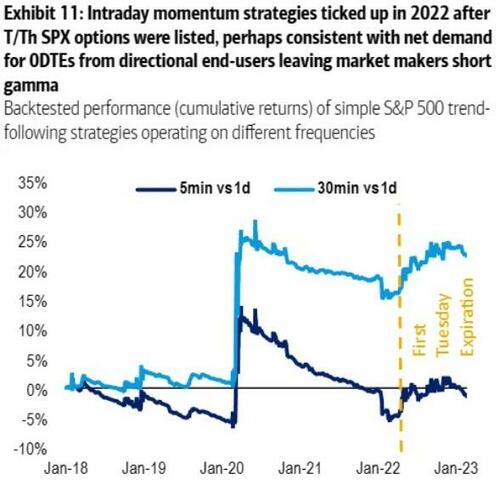
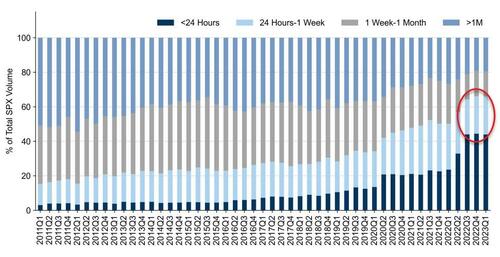


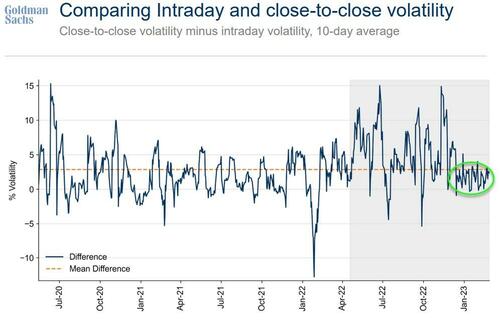
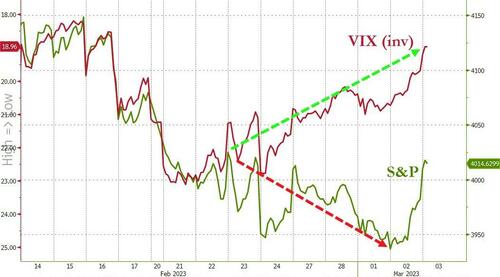
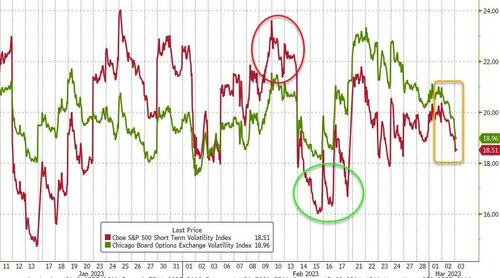

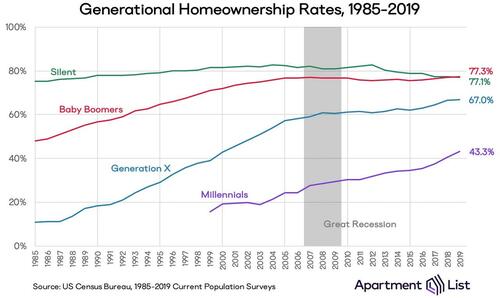
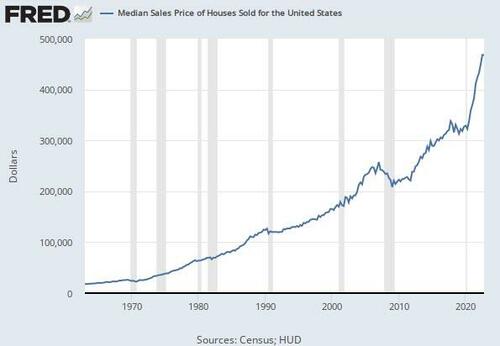



 Wagner forces walking around Bakhmut this morning showing an RIA reporter the destroyed bridges.
Wagner forces walking around Bakhmut this morning showing an RIA reporter the destroyed bridges.
